Menu
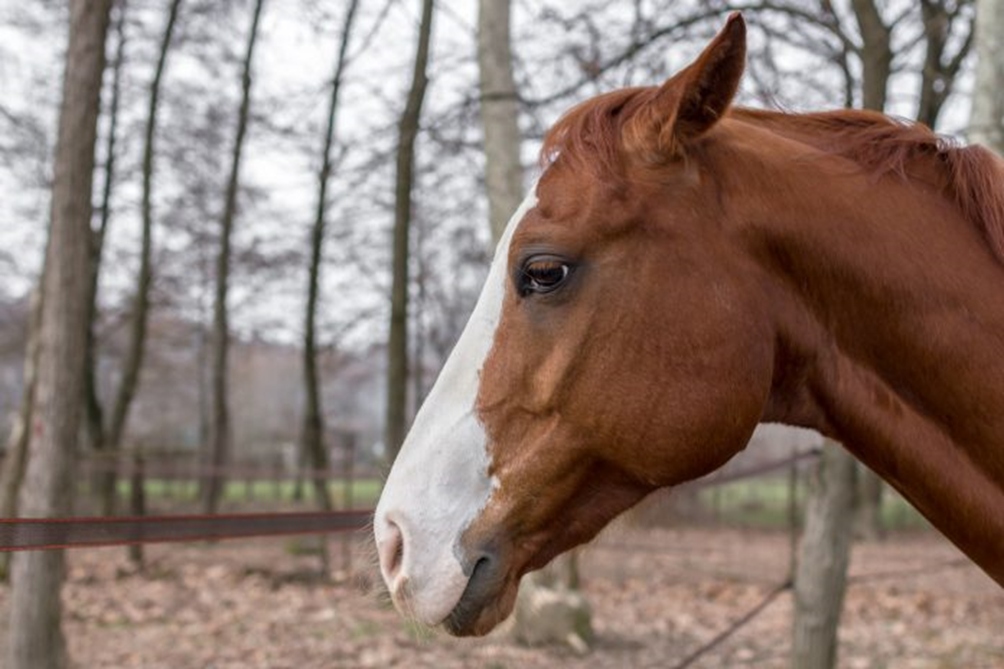
Skin cancer, hoof cancer, mold cancer and brain tumours. Like humans, horses can also have cancer, and these four are the most common. In fact, cancer among horses is more common than you might think. Some types are benign, while others can have fatal outcome. Here we take a look at the most common forms and how to detect the symptoms. Plus, we've found a few visual examples, so you have an idea as to what it looks like when a horse gets cancer.
Cancer is more common in horses than you might think. For example, over 80% of all dapple greys beyond the age of 15 have melanomas (mold cancer), just as many horses suffer from sarcoid (skin cancer) - benign as well as malignant.
The most common form of cancer in horses is the tumour form called squamous cell carcinoma. In fact, as many as 20% of tumours in horses are of this type. The tumours grow and spread, though usually slowly. They usually sit in the horse's gastrointestinal tract, in the skin, on its genitals or in the eyes.
The symptoms of a tumour are wart-like spots, yellowish lesions, weight loss, lethargy, anaemia and difficulty chewing. The tumours can grow in and out and will press on the horse's skull if they are internal. This will obviously be very painful for the horse. Unfortunately, the only solution for a horse with tumours in the abdomen having it put down, while tumours elsewhere often can be treated.
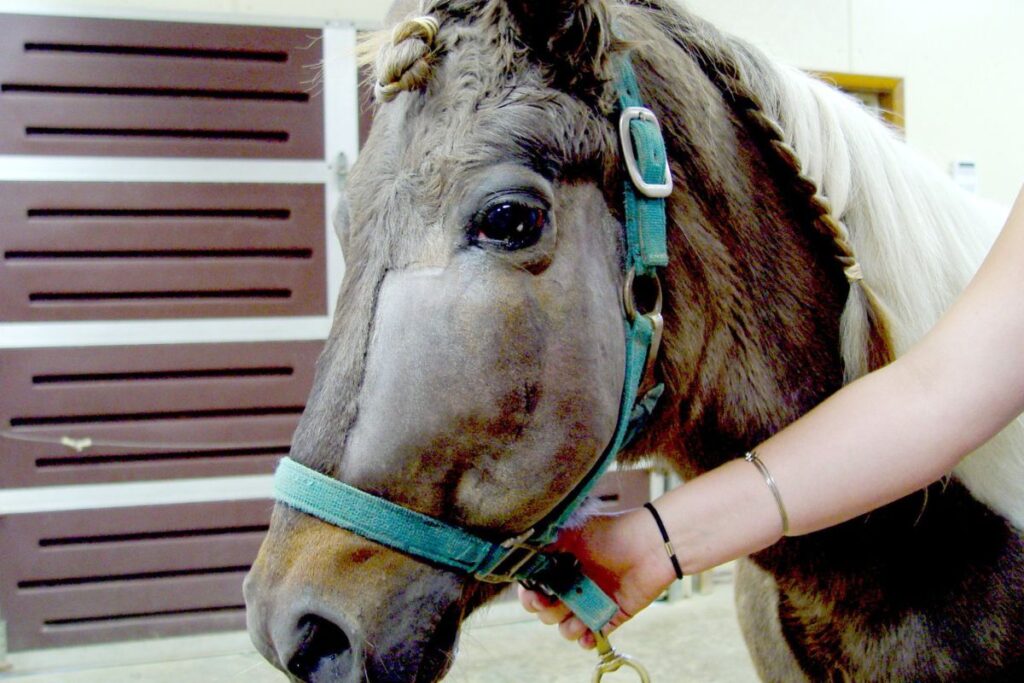
When a horse has hoof cancer - or hoof papilloma, it does not actually have cancer. Yet we have included it, so there is no doubt as to what it is. In short, a horse with hoof cancer has inflammation in the beam and / or in the frog, but it should not be mistaken for with hoof thrush. Hoof cancer starts as a rotten, smelly condition that later develops into warts. The disease is mysterious, as it is not yet known why it occurs, or why it does not spread as a 'normal' cancer.
Hoof cancer is detected by first noticing of a small or several small warts, which eventually grow into a cauliflower-like appearance. They gradually grow larger and can smell really bad when an inflammatory condition occurs. The horse will most often be - or at least at some point become - lame when walking on soft ground, but not necessarily on hard footing.
In order to treat hoof cancer, the treatment will usually have to happen in a collaboration between a veterinarian and a farrier. Below you can see a farrier treating a horse.
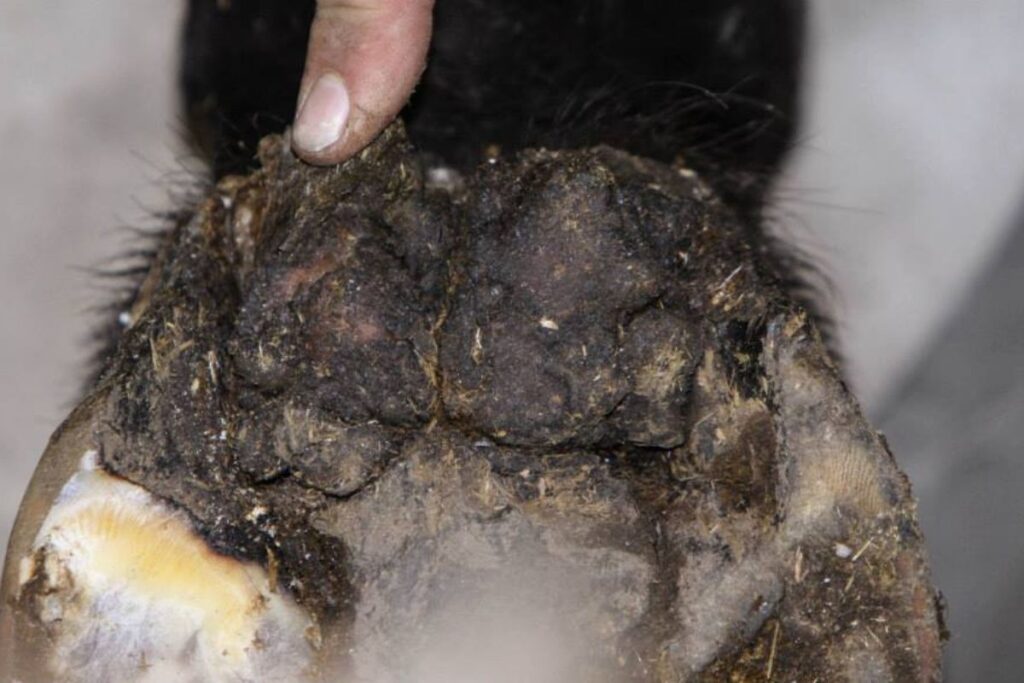
You may also like to read: Study: How much your horse blinks reveals its level of stress
The cells that cause the horse's pigmentation can be affected by cancer. Because dapple grey horses have many pigment variations and are therefore often affected by the disease, the cancer is called mold cancer due to the resemblance between an actual mold attack accruing in for example building. The division of pigment-forming cells leads to melanomas (benign) and melanosarcomas (malignant), which are both pigment cancers. The cancer is most commonly seen in Arabs, Percherons and Lippizans. Over time, most melanomas change into melanosarcomas, which can spread to the horse's internal organs. Therefore, even the benign melanomas need to be treated.
Melanomas are often seen as small knots under the tail but can occur elsewhere in the horse's skin. If the melanomas are located inside the horse, the horse may cough, have colic symptoms, and have disturbances in its musculoskeletal system. The disorder cannot be prevented; as an owner you can do nothing but keep a close eye on your dapple grey/white horse. When the cancer begins to spread to the lymph or to the horse's internal organs, there is not much to do. In the Facebook post below, you can see in the comment section a picture of how wrong it can go when a horse gets mold cancer.
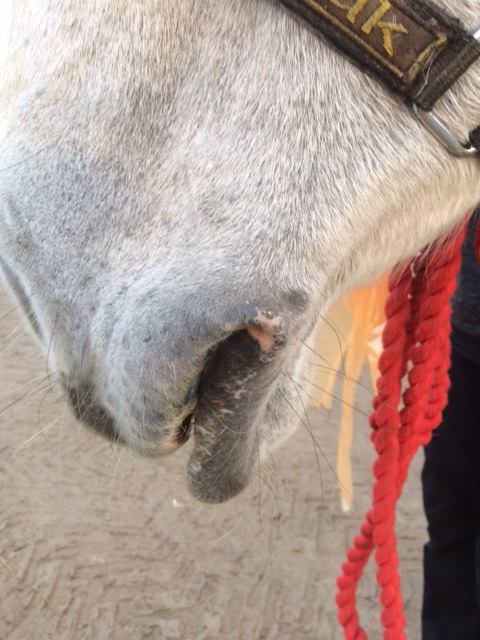
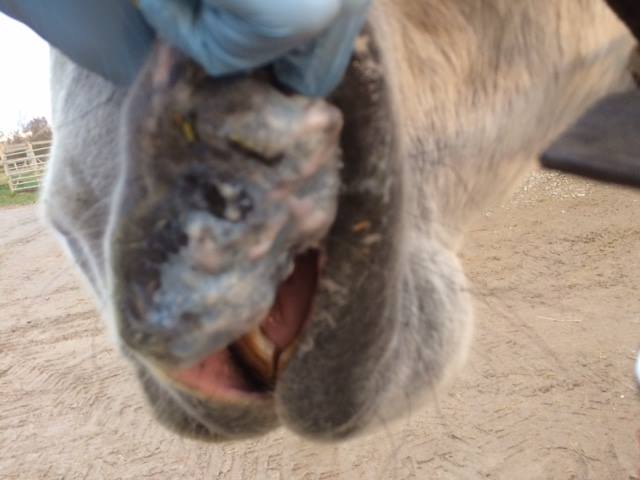
Sarcoid is a benign form of skin cancer that most often occurs in the thin part of the horse's skin. It is most common to find the sarcoids on the horse's face, in the groin, or on the neck. If placed in a way that bothers the horse, they should of course be removed by a veterinarian. However, they will never be able to spread to the inside of the horse and are therefore not dangerous.
Sarcoids can look - and be detected - in two ways. One type is a wart-like round knot, which grows larger and larger and over time acquires a cauliflower-like appearance. The second type occurs as swelling under the skin and can be seen either with or without wounds on the surface. The type where sores occur will eventually also destroy the tissue around it. Both types are most commonly found in horses between 8 and 15 years of age. If the horse is cured, it will be immune for the rest of its life.
Sarcoids should not be confused with young horse warts, which are typical for younger horses and usually disappear by the age of four. Here you can see a picture of a sarcoid sitting around the horse's eye.
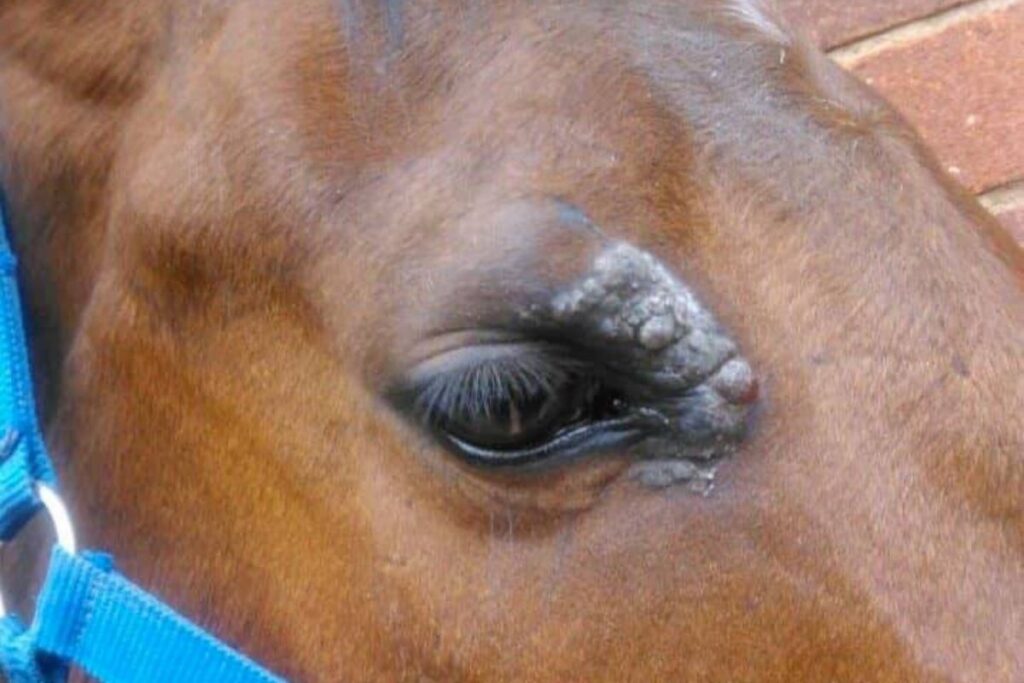
Agria: Tumors and knots
Horsedoc: Sarcoid